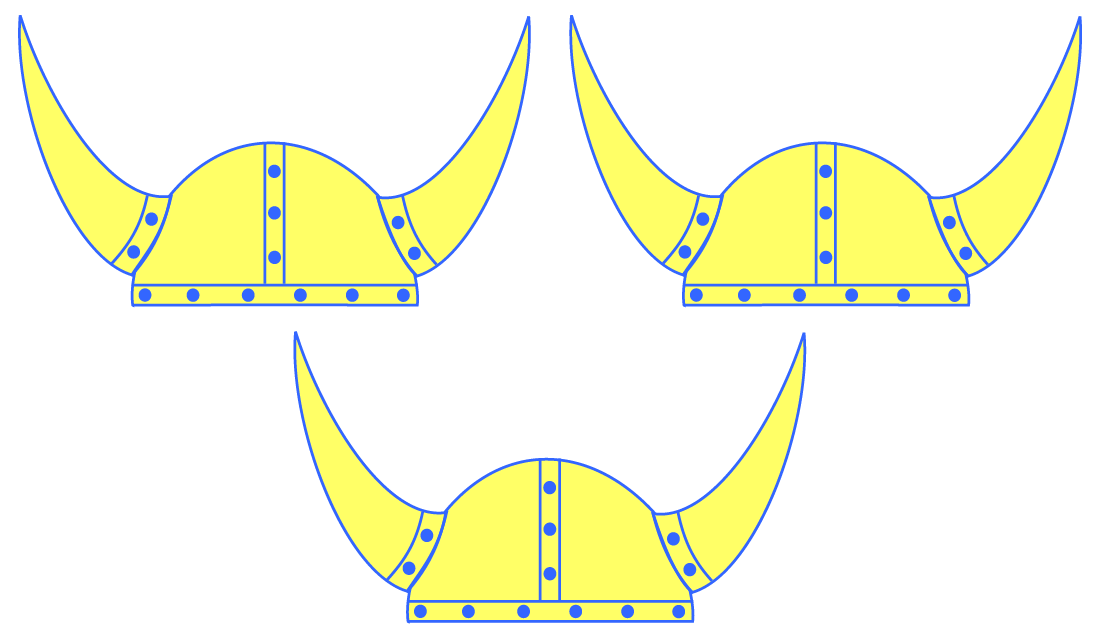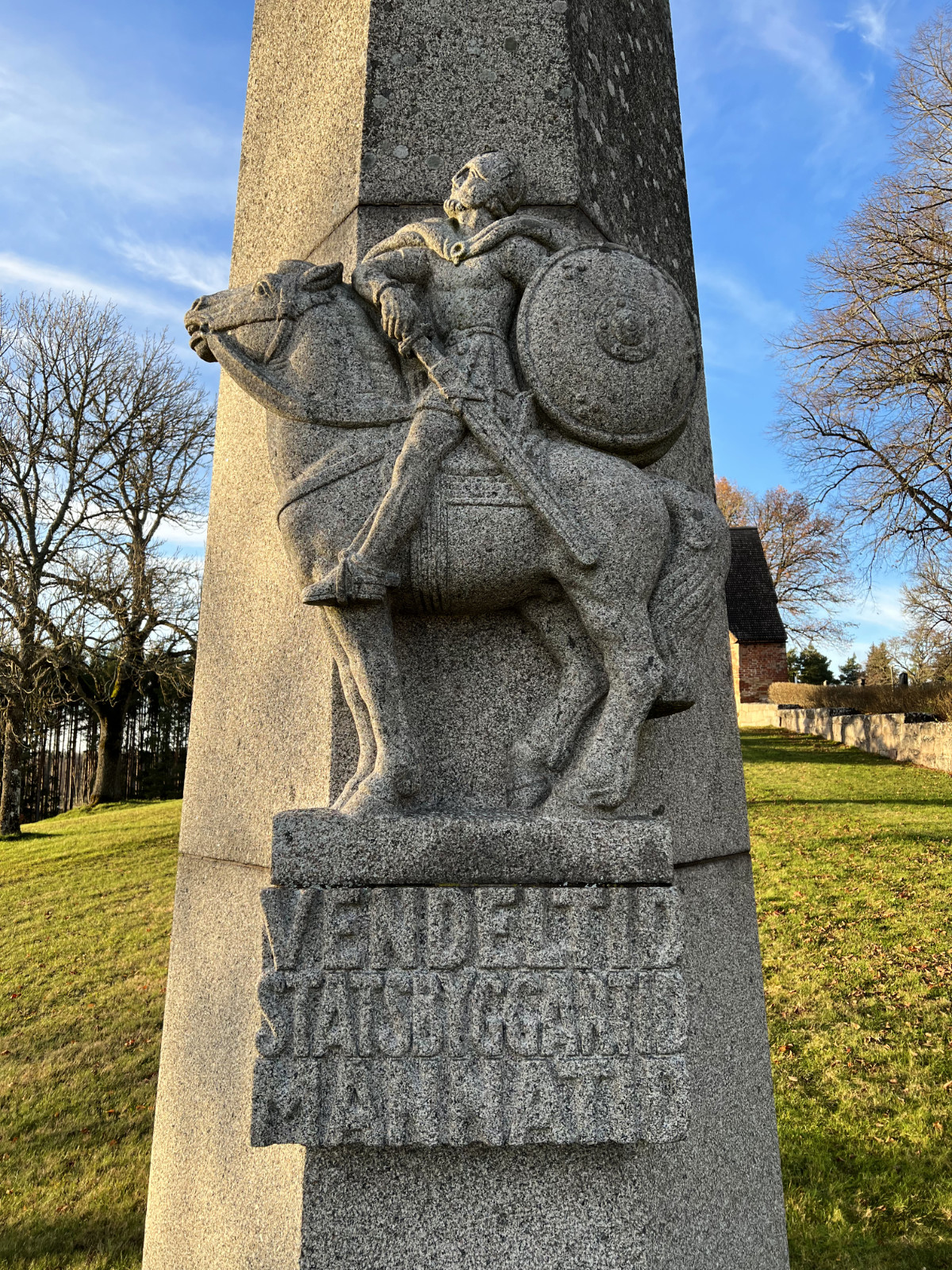
© Rowdy Geirsson
Vendel is a renowned place of nearly mythical status, at least among those of us who geek out on all things viking and viking-related. The relevance, of course, being that Vendel gave its name to Vendeltiden, or the Vendel Period as it’s called in English, thanks to the magnificent burials that were discovered there in 1881 when the local churchyard was being expanded. This was the pre-viking era; the era of Beowulf and the rise of the northern warrior culture in the wake of the 6th century volcanic Ragnarök. The grave goods found at Vendel from this epoch are splendid (the helmets became particularly famous for their glorious aesthetic) but what about Vendel itself? What’s at Vendel now? What’s the place look like? Where is it even? Well, that’s what this post is all about, since the site itself receives a lot less attention than its namesake era or amazing, unearthed artifacts.
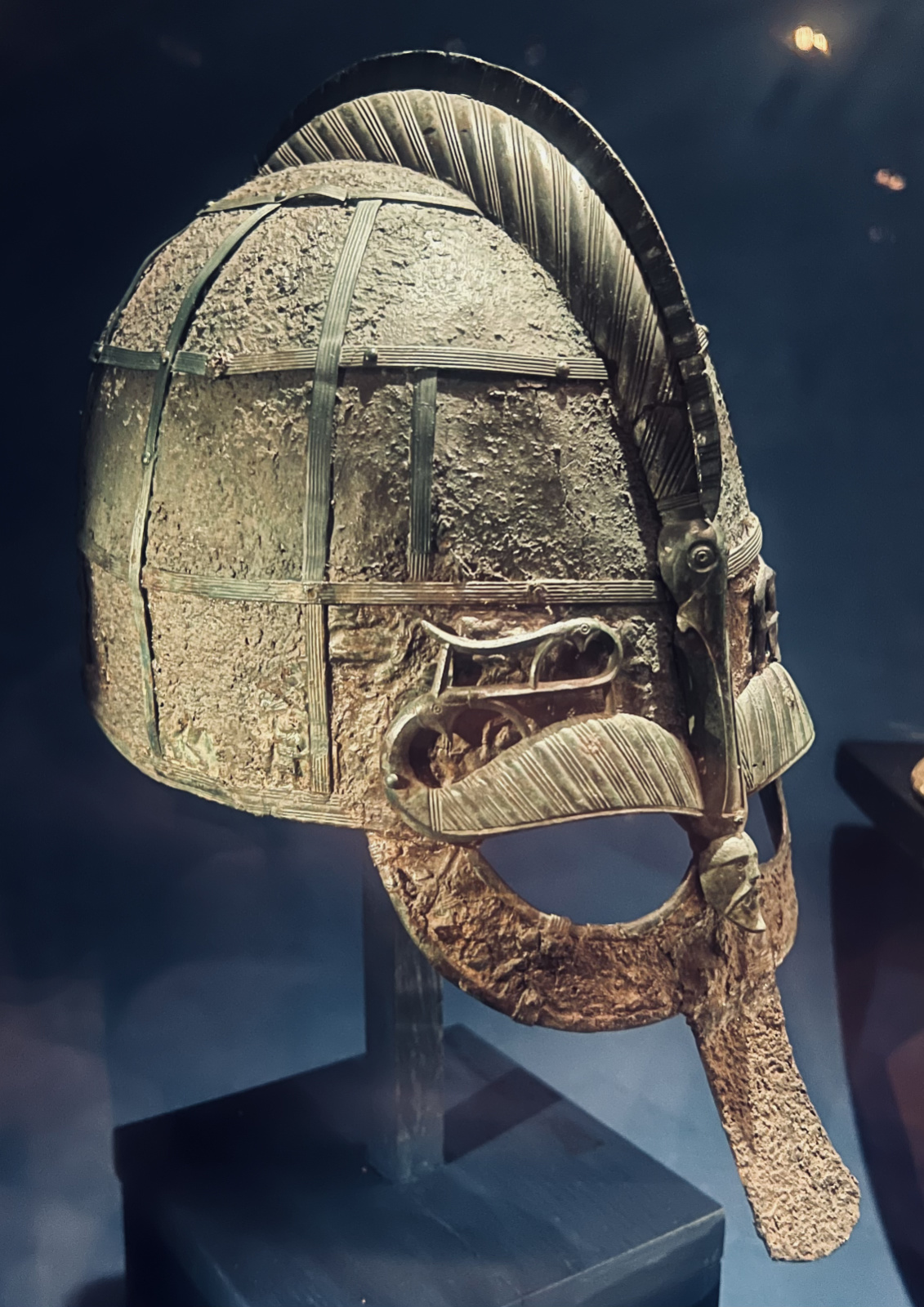
© Rowdy Geirsson
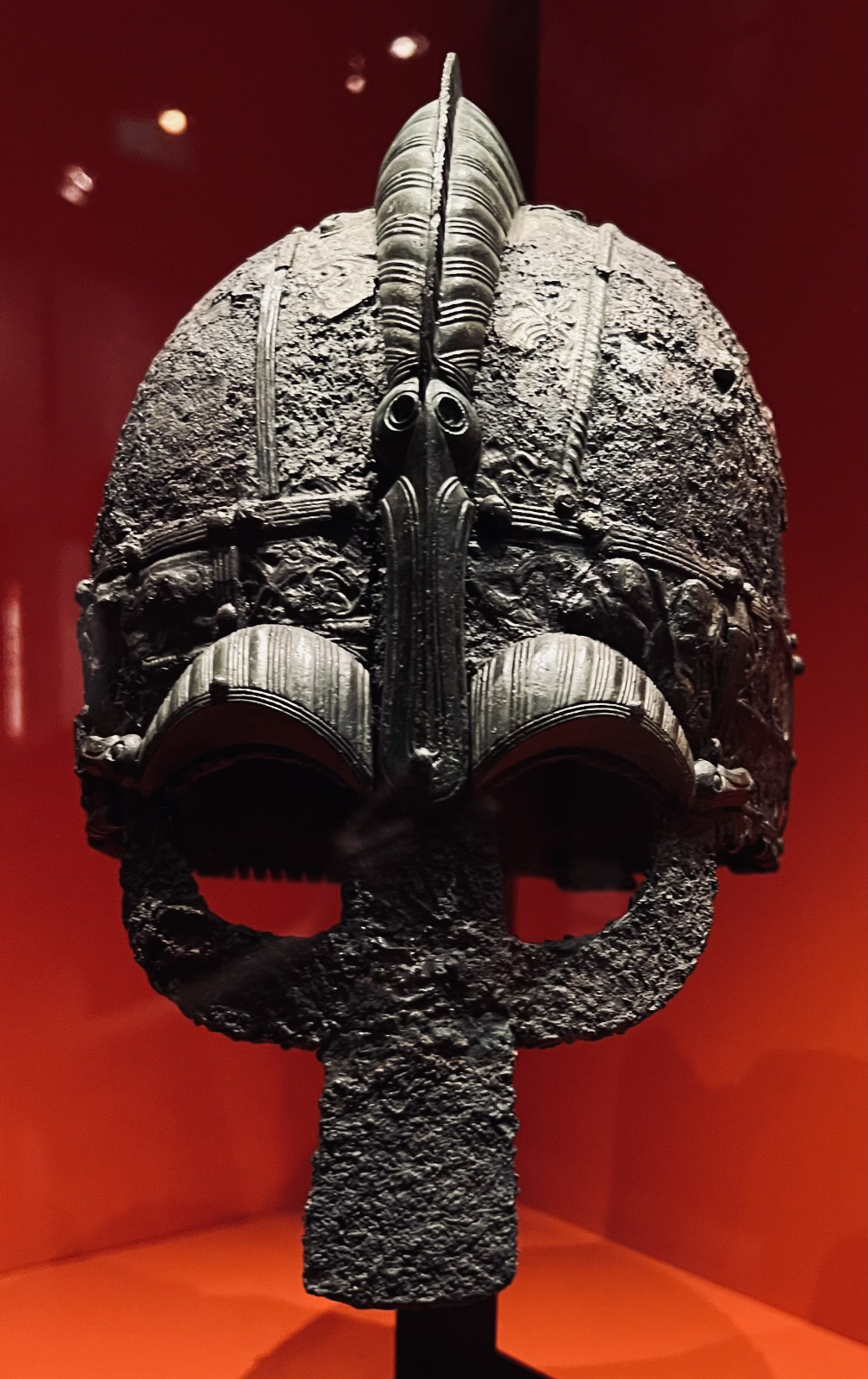
© Rowdy Geirsson
To start, Vendel is about 30 kilometers / 18 miles directly north of Gamla Uppsala (which itself lies on the northern periphery of the modern city of Uppsala) in the Kingdom of Sweden. And the site is literally coterminous with Vendels kyrka, Vendel’s Church.1 It’s a pretty unassuming little place that sits alongside a quiet, country road, surrounded by farmland and pockets of woods. Reaching it by public transportation requires catching a bus in central Uppsala, and then changing buses at a forlorn-looking stop in the middle of Upplandic2 nowhere.

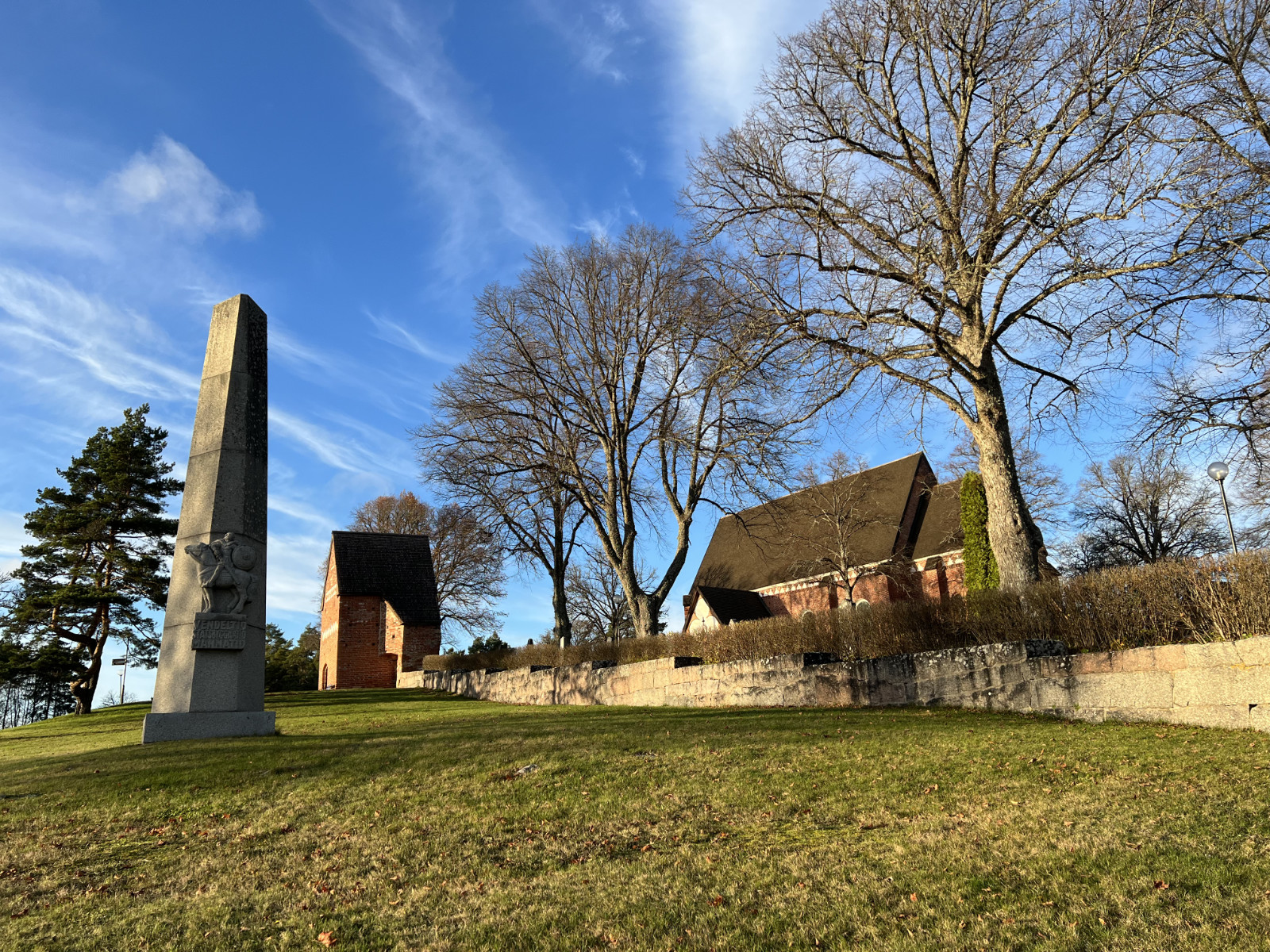
© Rowdy Geirsson
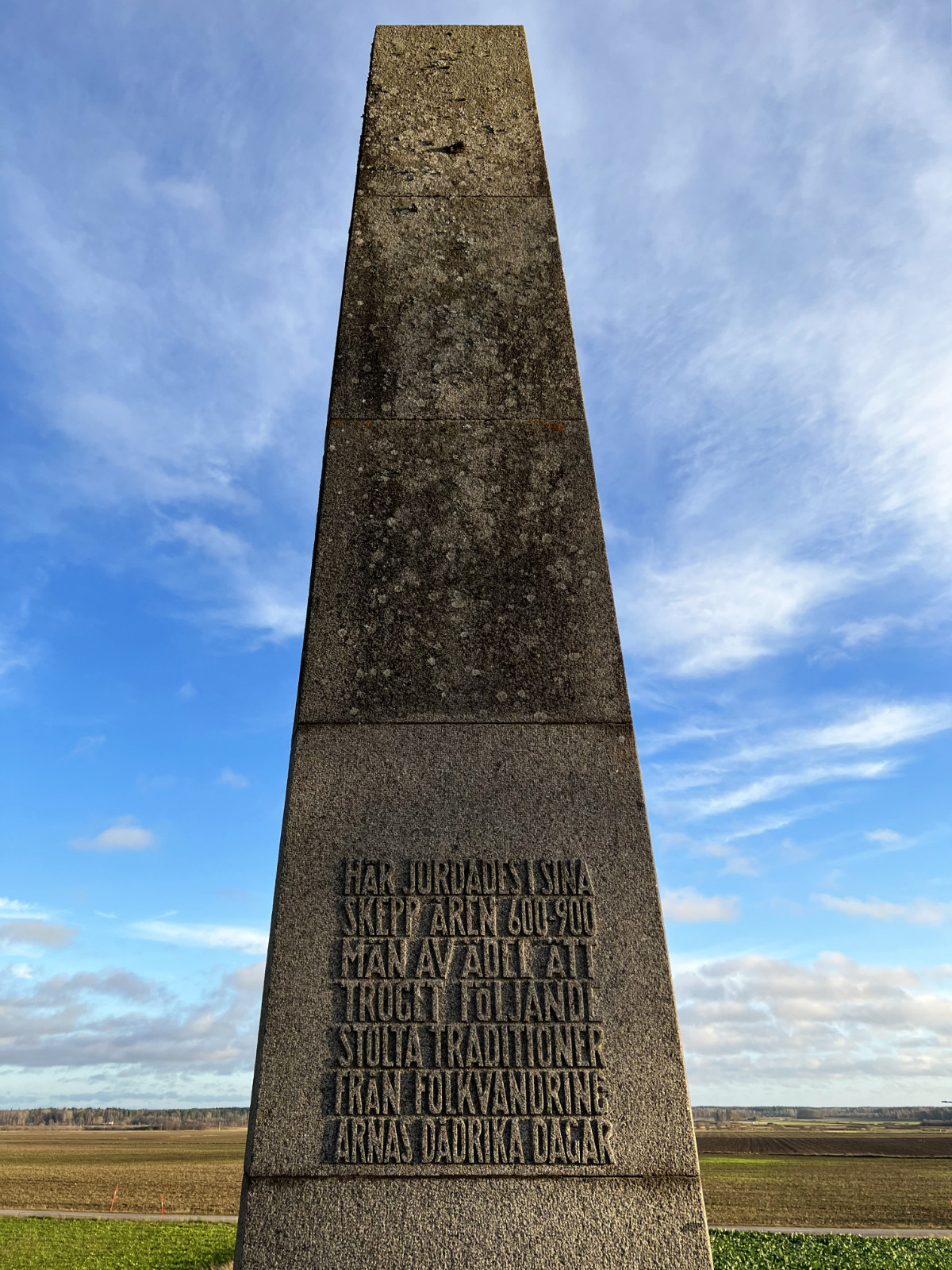
© Rowdy Geirsson
On approaching Vendel, its most obvious feature is that it occupies the relative high ground—a tactic commonly employed by the Germanic Iron Age elite. A massive obelisk created by sculptor, John Lundqvist, per the design of artist, Anders Tollstén, in 1937 stands out front, declaring the glory of the Vendel Period to the countless crops in its viewshed as well as the occasional passerby.

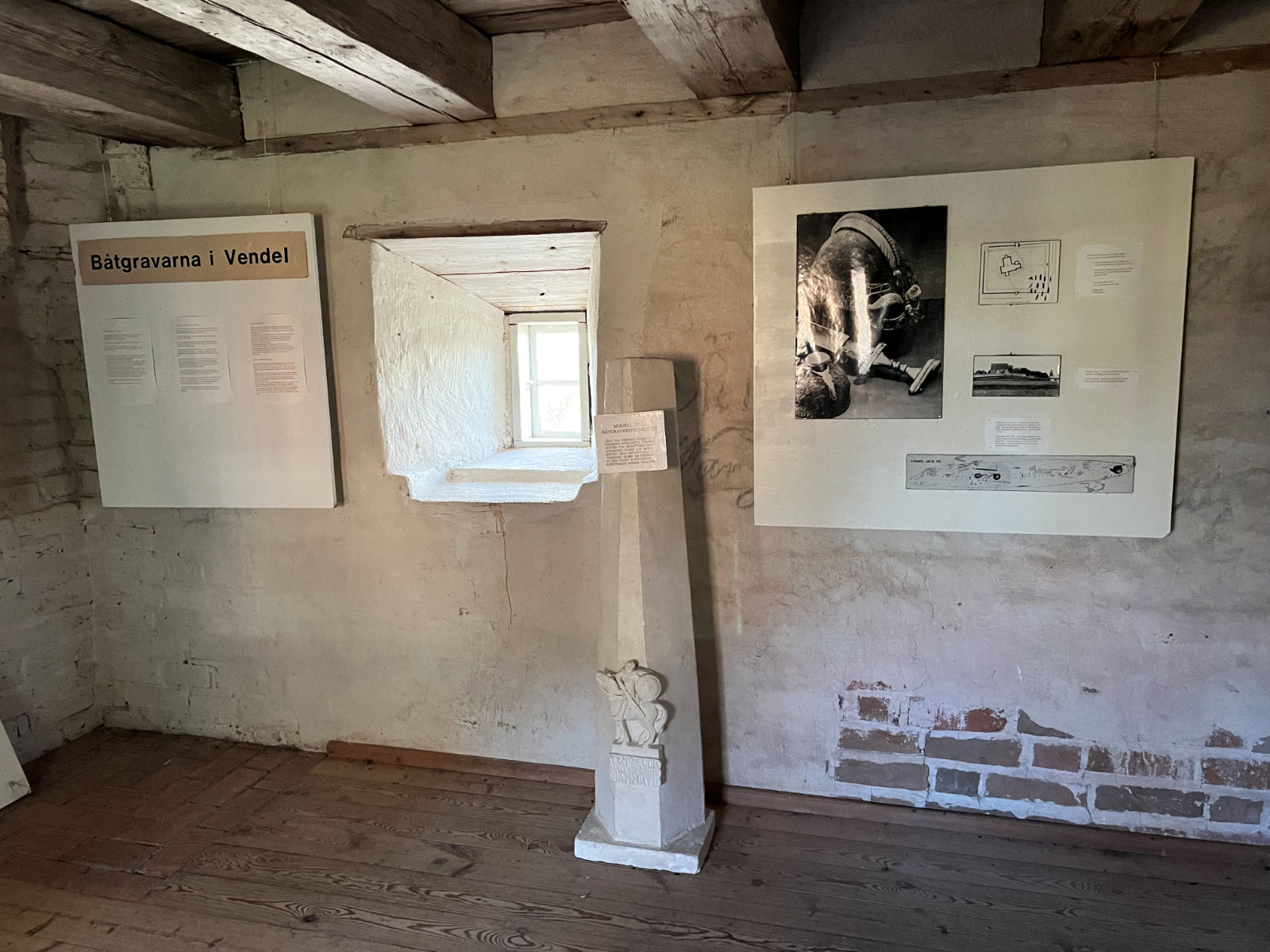
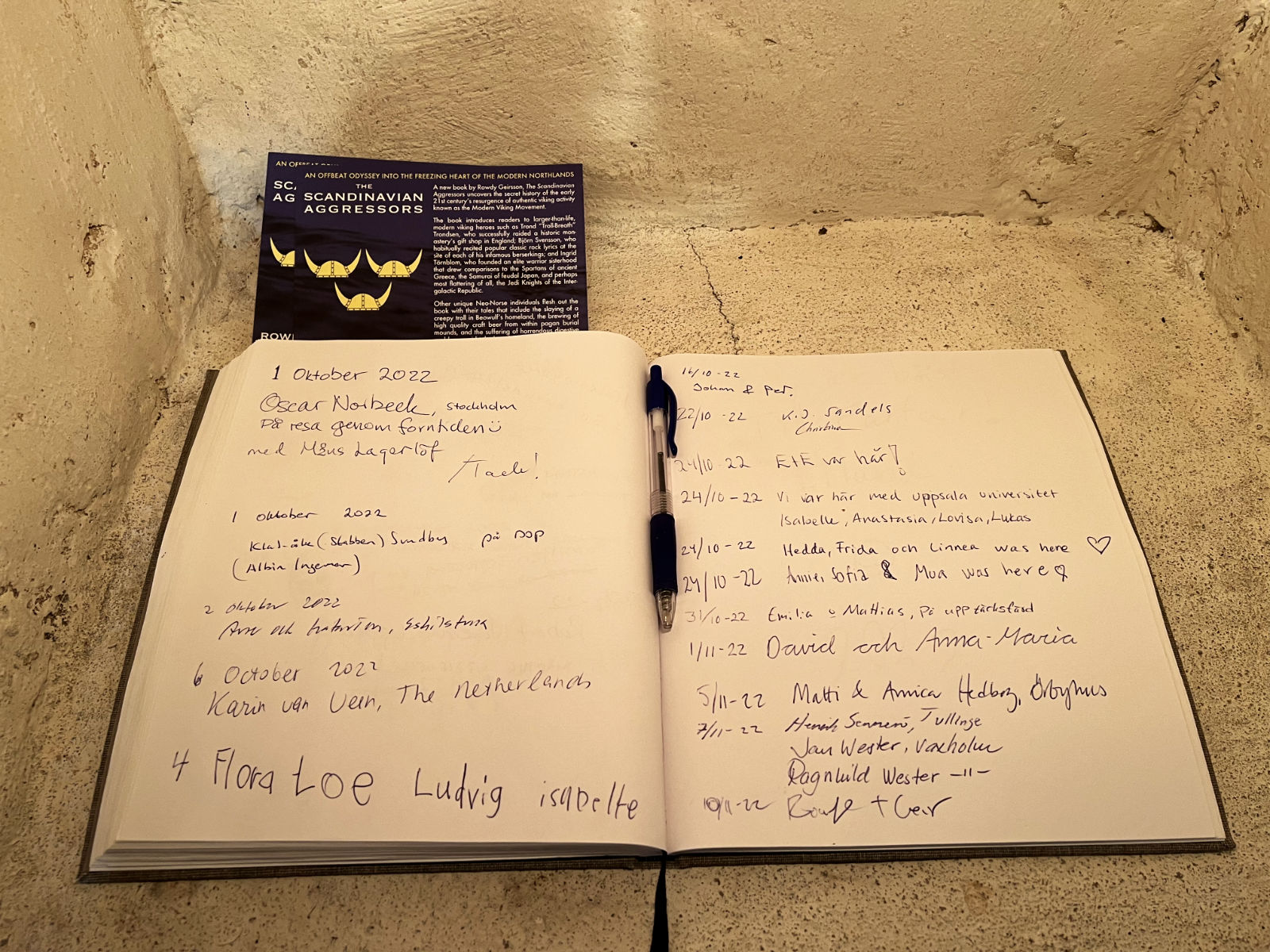
Beyond the monument at the perimeter of the churchyard is a brick building that hosts a miniature museum of sorts. Its placards focus on the local boatgraves and feature some photographs, though not a whole lot else. In addition to this, the church foyer contains a replica of the sort of boat used in the burials. And then beyond the other side of the churchyard is a smattering of small, wooden buildings, one of which houses the official Vendeltidsmuseet (the Vendel Period Museum). Vendeltidsmuseet consists of just a single room, but it does provide a nice little overview of the site’s pre-viking history, as well as a cool, wooden cut-out of a fierce Vendel Period warrior.
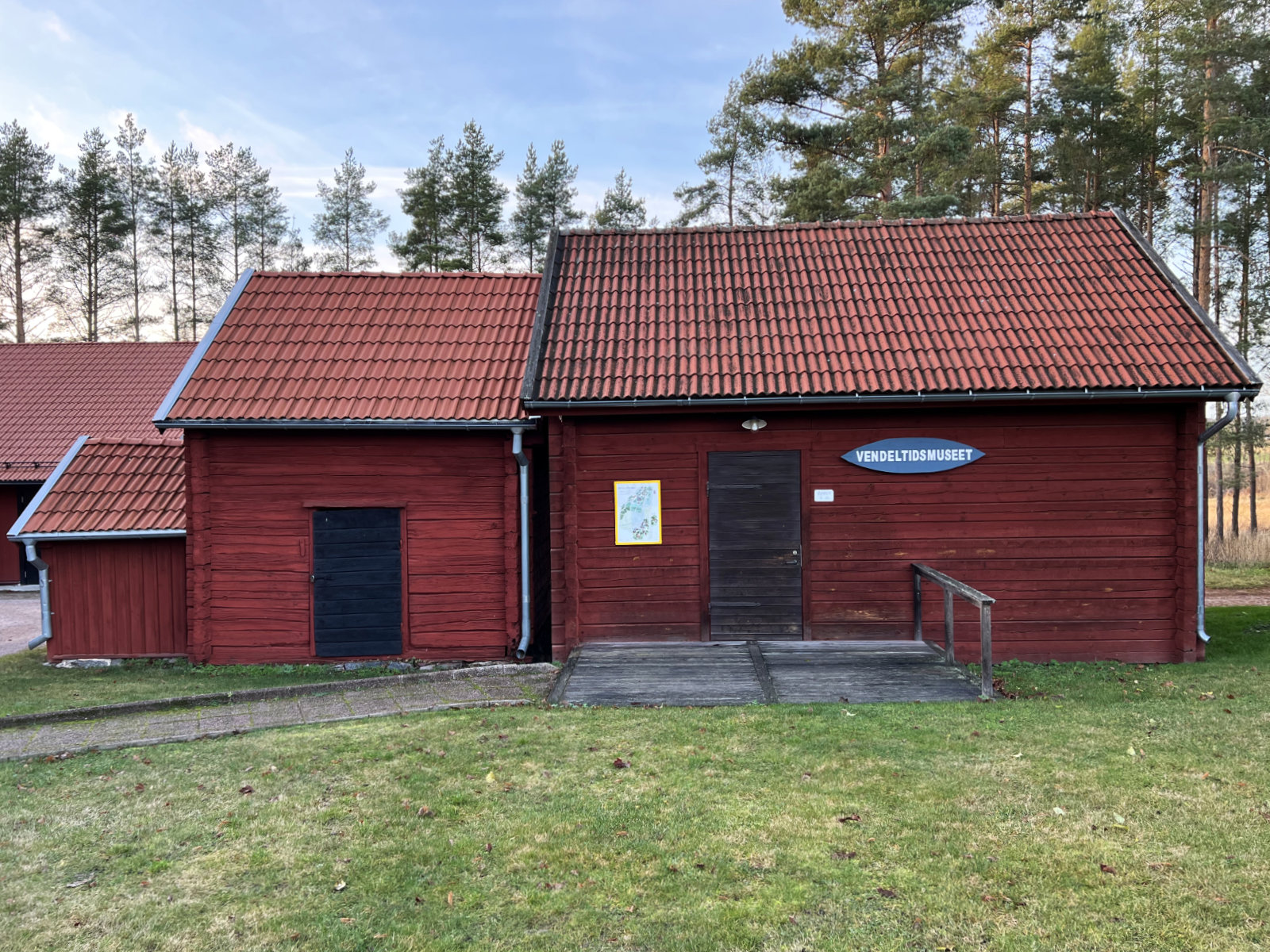

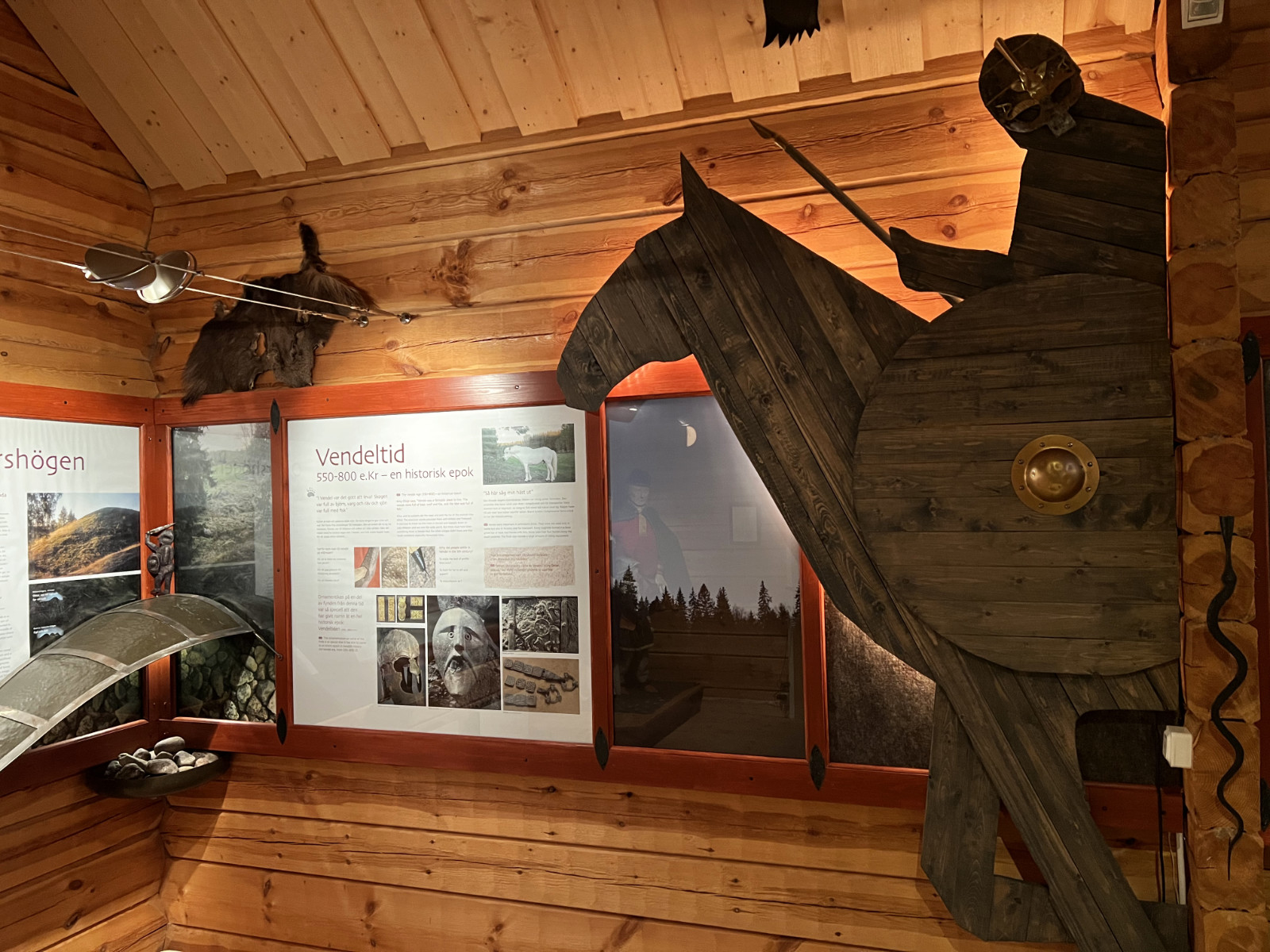
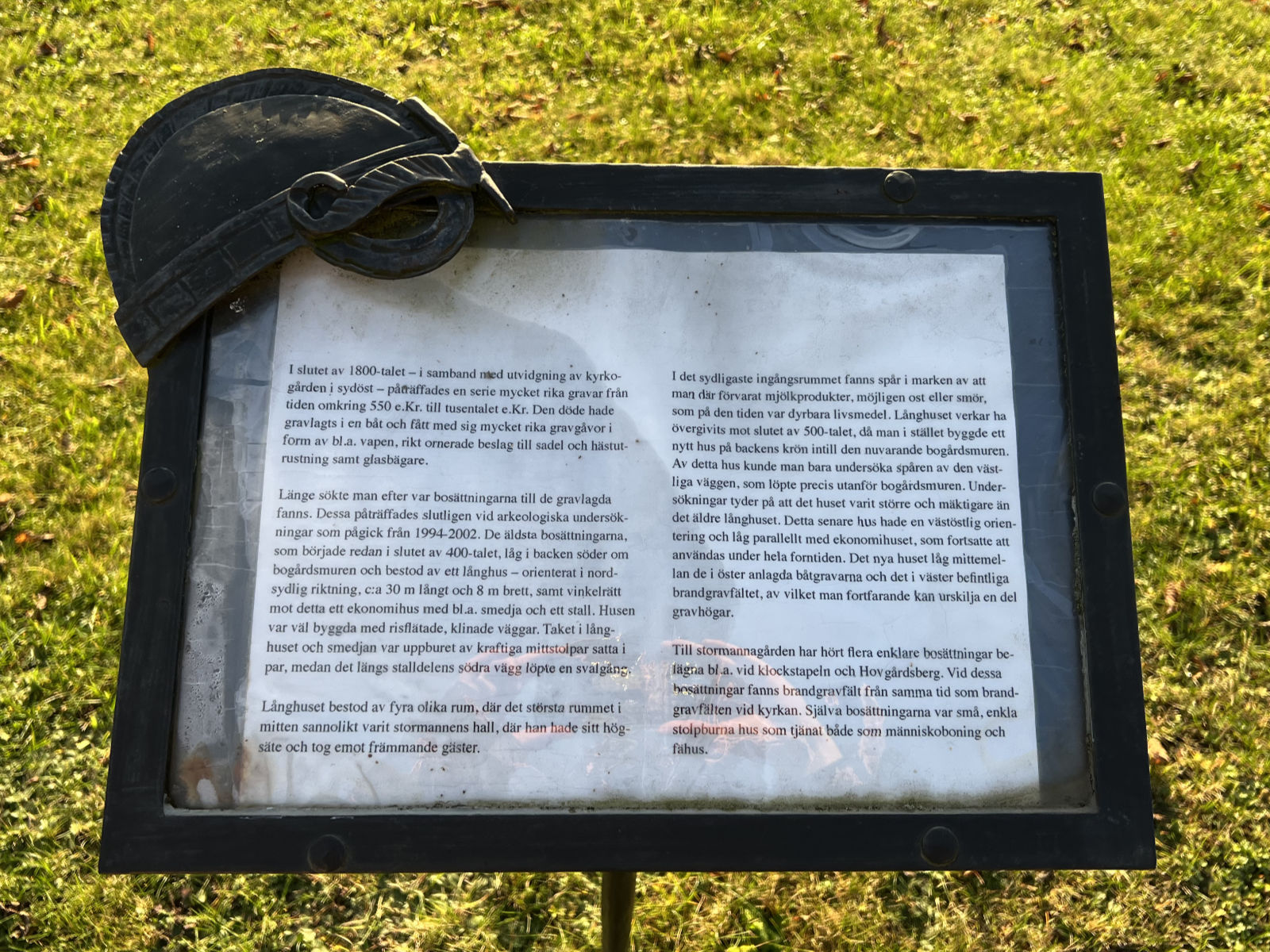
The inquisitive mind might now be wondering: well, was there an awesome meadhall at Vendel back in the grim, good ol’ days? And the answer is: yes. But there are basically no visible traces of it. A cool albeit somewhat degraded little plaque explains how in the 1990s and early 2000s archaeologists found traces of a hall from the 400s, which appears to have been used till the late 500s when an even larger hall was built atop the crown of the hill—where the church now sits.

Just across the street from Vendels kyrka is a much less-renowned grave than those of the warrior elite found on the church grounds: Vendlas hög (Vendla’s Mound), the final resting place of Vendla. Local folklore suggests that Vendla was a queen related to the giants who helped build the church and hid some gold in its construction. This tradition also states that she gave her name to Vendel itself. A full archaeological investigation of the mound in the 1990s determined that four young children, four teenagers, and one grown man were buried in it, for a total of nine bodies. If you’re even reading this then you probably know the significance of that number. If you can read Swedish and want to know more about Vendla and her mound, Vendels Hembygdsförening has a good PDF you can download for free.
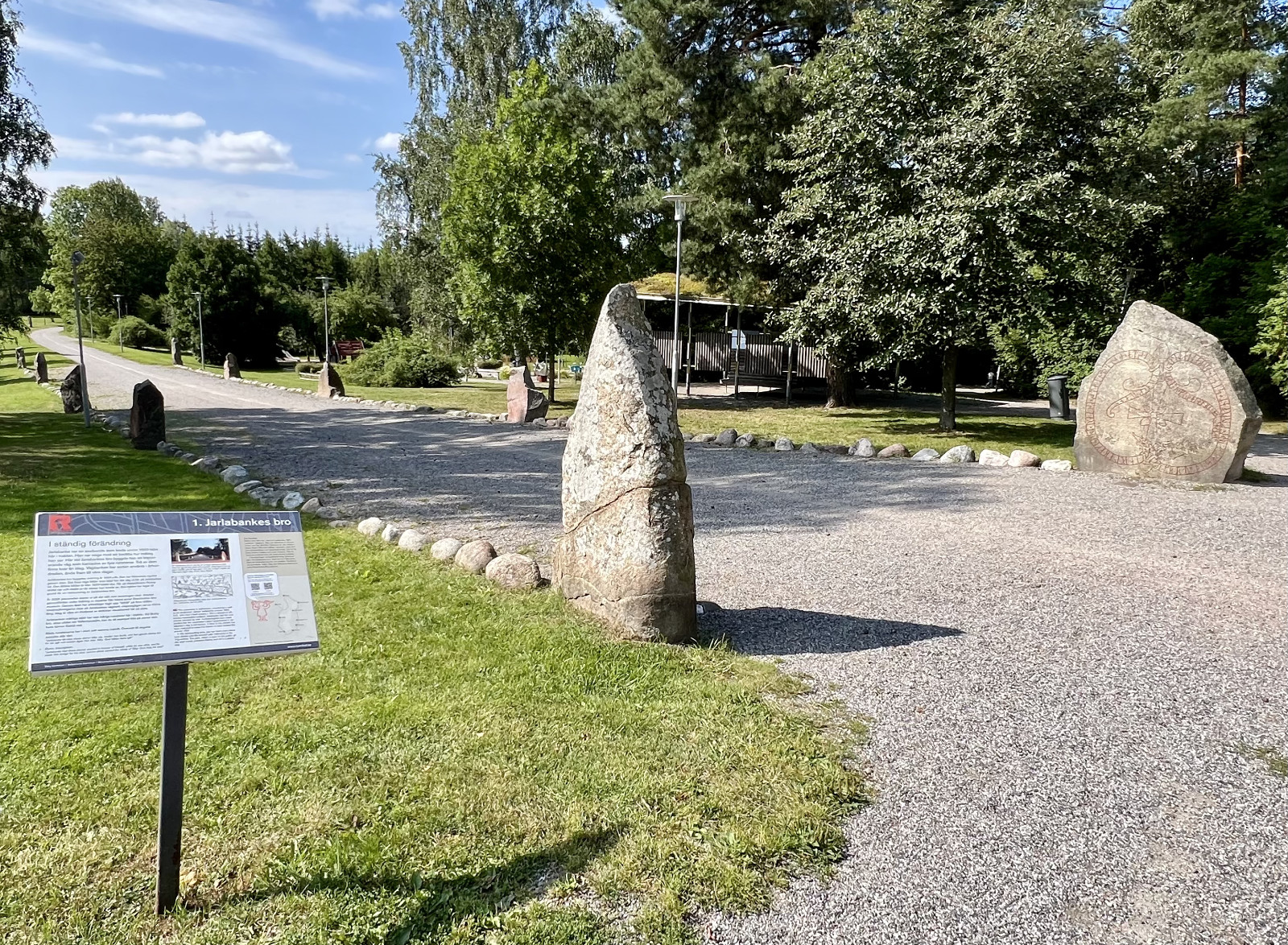
Just under 3 kilometers / 2 miles down the same road is Ottarshögen (Ottar’s Mound), dated to the early 500s. Other contemporaneous burials have been found around it, but Ottarshögen takes the cake for size and glory. As with Vendlas hög, it’s been subject to the folklore rumor mill—namely that it is the grave of Ottar Vendelkråka, king of the Svear (Swedes) and better known in English as Ohthere. That’s the quite possibly the same Ohthere from Beowulf who was involved in the wars with the Geats and father of Eadgils and Eanmund. Ynglingasaga conversely states that Ottar got into it with Frode of the Danes. According to this version, the Danes eventually killed Ottar at a different Vendel in Denmark while he was raiding. They left his body to the carrion creatures and sent a wooden crow back to his hall in Uppland with a note that that’s all he was worth. And, as the story goes, that’s how he got his nickname of Vendelkråka—Vendelcrow.
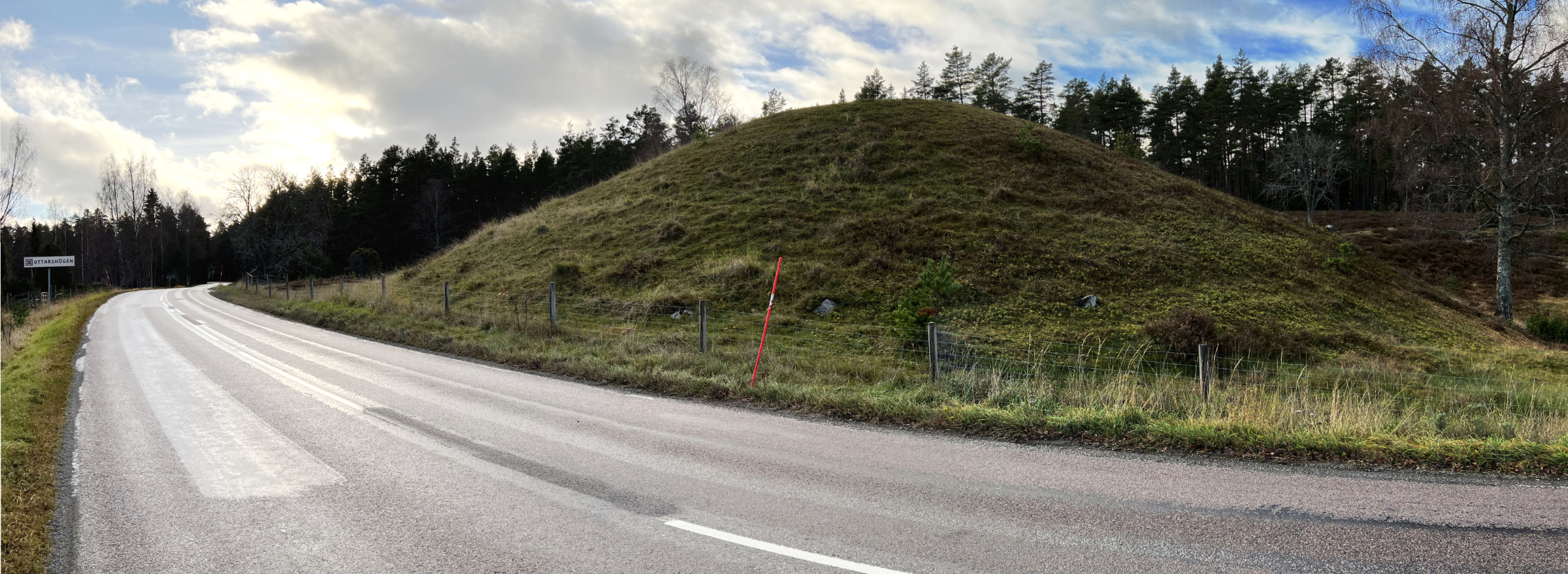
King Ottar was clearly quite a big deal in Vendel. His mound, if it really is his, is the oldest “large” one (as proclaimed by Sweden’s Statens fastighetsverk) in the Lake Mälaren region. His significance is also why the little boat in the church foyer is named Ottar. And why he and his family are represented as the immortal mannequins in Vendeltidsmuseet.


Finally, if the Vendel Period gets your blood rushing (and it should), please check out this article from Medieval World: Culture and Conflict that may be found on my Nordic History & Culture Writing page:
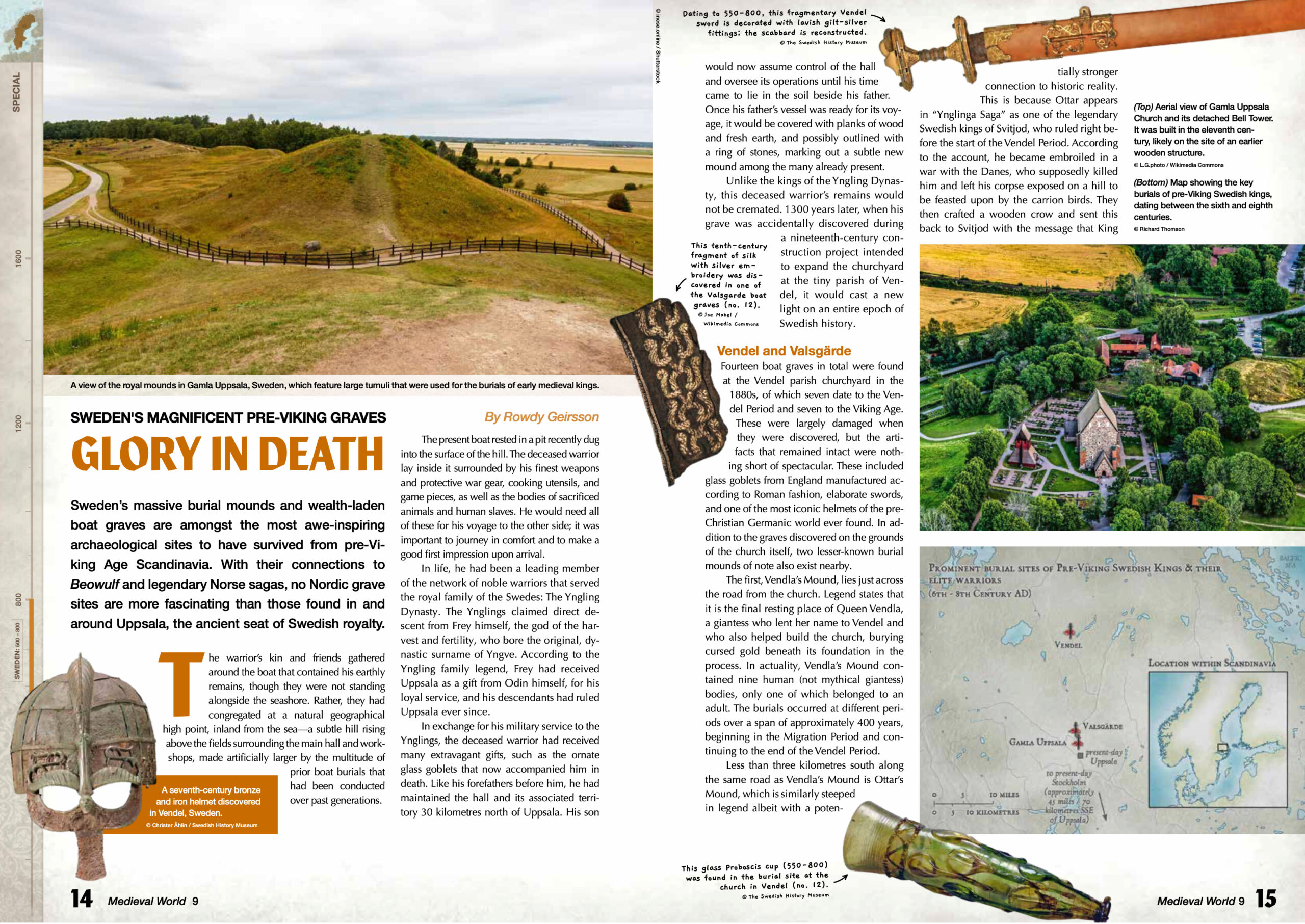
- Swedish doesn’t capitalize every word in all proper nouns; the lower case k in “kyrka” is intentional and correct here. There are other instances of this convention found throughout this post and website in general. ↩︎
- Vendel lies in the historical Swedish territory of Uppland, which is the area that lies immediately north of the eastern portion of Lake Mälaren. Stockholm is located were Lake Mälaren empties out into the Baltic Sea and straddles the boundary between Uppland (literally, “Up Land”) to the north and Södermanland (literally “Southern Man’s Land”) to the south. With Gamla Uppsala as its traditional power base, Uppland constituted the historic heartland of the tribe that eventually became known as the Swedes. ↩︎
Subscribe to get updates from Scandinavian Aggression!
You know, if you feel like it or whatever. Your email is only used to send updates when new nonsense has been posted to the site. It's stored in the secure abyss of WordPress and not shared anywhere or anyhow else. Skål som fan!
